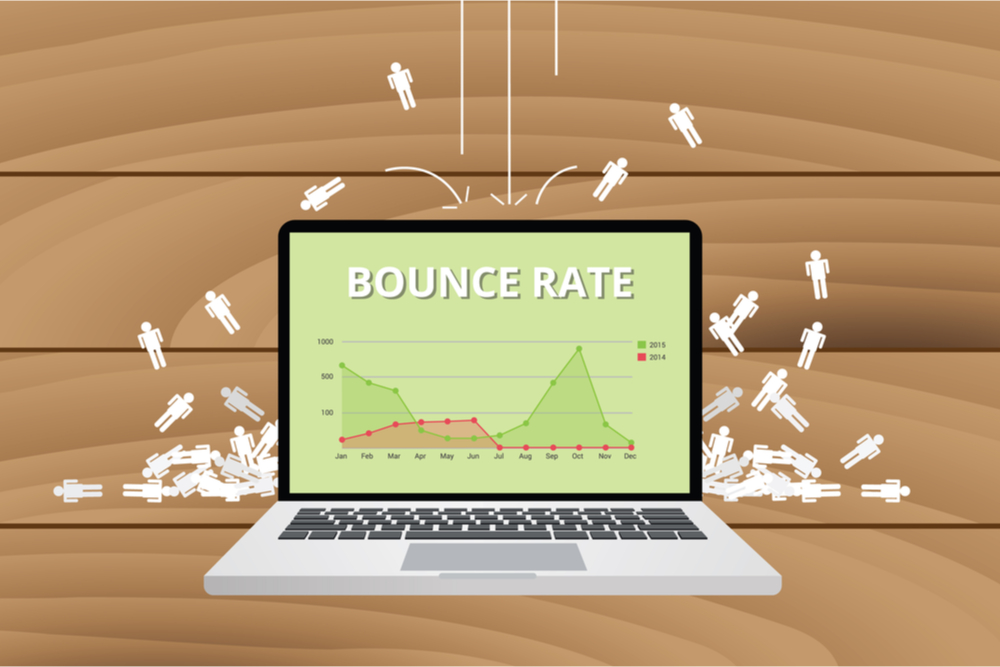There are a few undesirable terms or items in the world of SEO and digital marketing, and one of the most well-known is "spam." Referring to low-quality content or messages that are sent to large audiences for the purposes of non-solicited advertising, spam is one element that digital marketers and business owners everywhere are typically looking to limit within their traffic, content and other website areas.
At Be Locally, we're here to help with a huge range of SEO services, from web design to content and traffic moderation and numerous others. We'll show you a number of methods to both identify and limit the presence of spam within any part of your site or related marketing areas, including social media as well. One of the most important parts of this entire conversation: The identification of when traffic is likely spam, versus when it's not -- especially if you've recently seen some major traffic increases and want to determine their legitimacy. In this two-part blog series, we'll go over some of the top indicators that will help point you to spam content, plus how to utilize them.

One of the most important metrics on Google Analytics, and for several reasons (including some that don't relate to spam at all), is average session duration. As the name indicates, this metric tracks and reports the average amount of time that users spend on your site during a given session. A "session" is defined as a period of continuous activity -- so, if a user clicks away from your site and then comes back later, that would count as two separate sessions.
This metric can help you determine whether or not incoming traffic is spam for a few reasons. First, it's important to understand that spammers are typically looking for a quick hit: They want to get their message out there and move on to the next target. That means that, in general, spam sessions will be shorter than average. If you're seeing a sudden influx of traffic with very short session durations, that's a strong indicator that spam might be at play.
Of course, there are always exceptions to the rule -- and it's important not to immediately discount all short sessions as spam. Sometimes, users might simply not have time for a longer session, or they might get pulled away from your site before they're done exploring. In general, though, this is a good indicator.
Another major Google Analytics metric, bounce rate is defined as the percentage of sessions in which users view only a single page on your site before leaving. So, if a user comes to your site, views one page and then clicks away, that would add +1 to your "bounce" total.
Bounce rate can be affected by several factors, including page load time, content relevance and more -- but, in general, a high bounce rate is not desirable. If you're seeing a sudden increase in traffic along with a spike in your bounce rate, that's another possible indicator of spam.
Again, there are exceptions to the rule here: sometimes, users might come to your site specifically looking for a single piece of information, and they'll find it and leave without looking at anything else. In general, though, a high bounce rate combined with other indicators on this list should raise a red flag.
In part two of our series, we'll go over several other metrics or indicators of possible spam. For more on this, or to learn about any of our SEO or other digital marketing services, speak to the team at Be Locally today.
